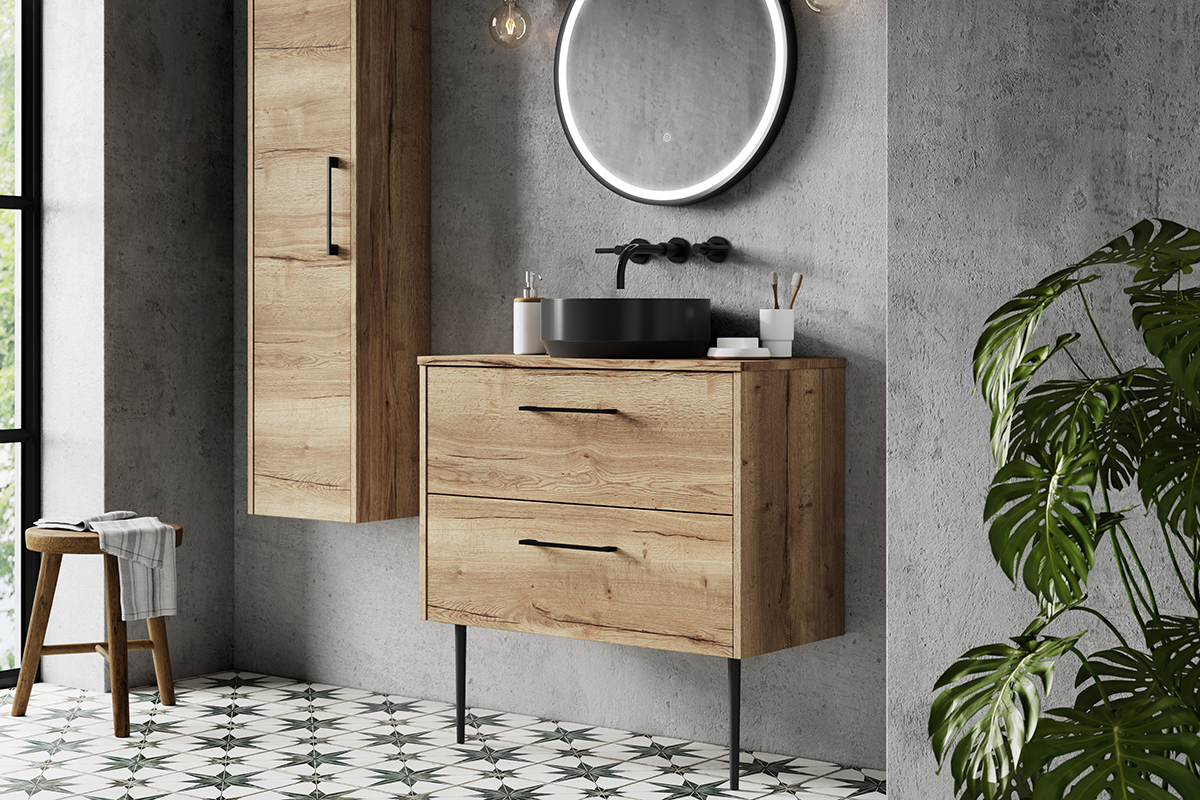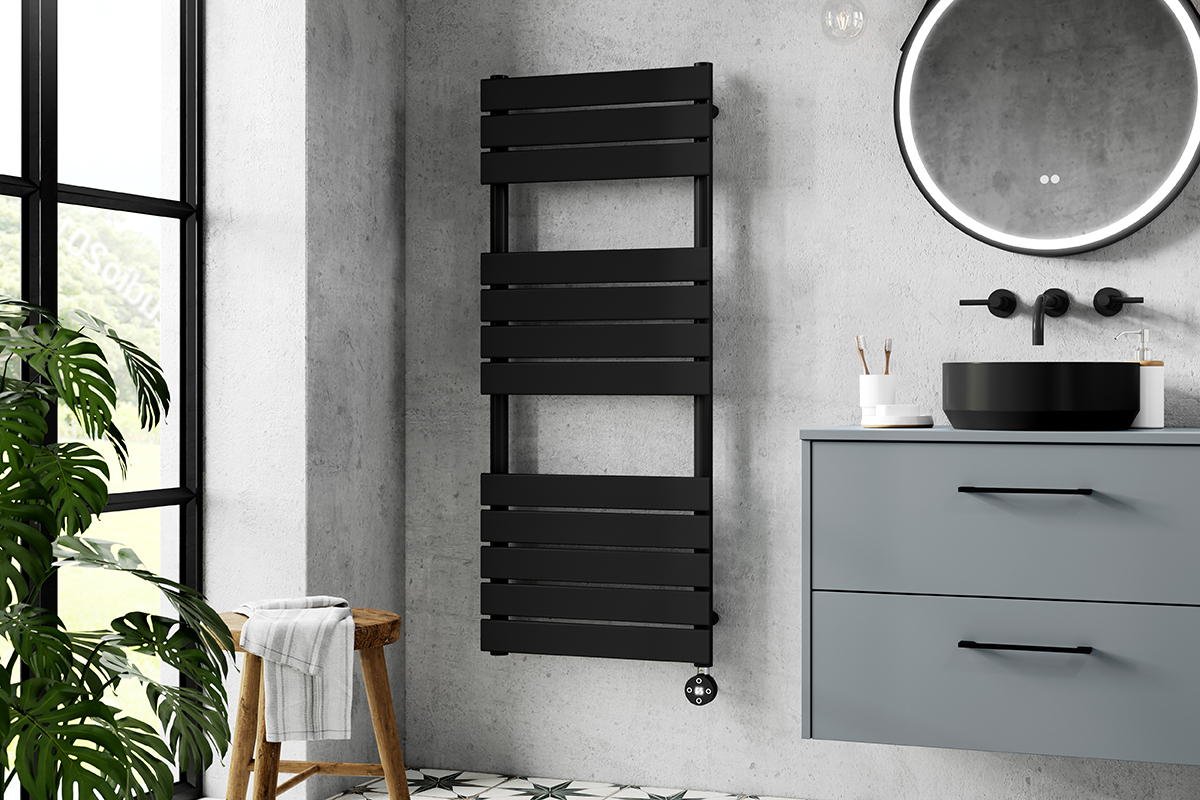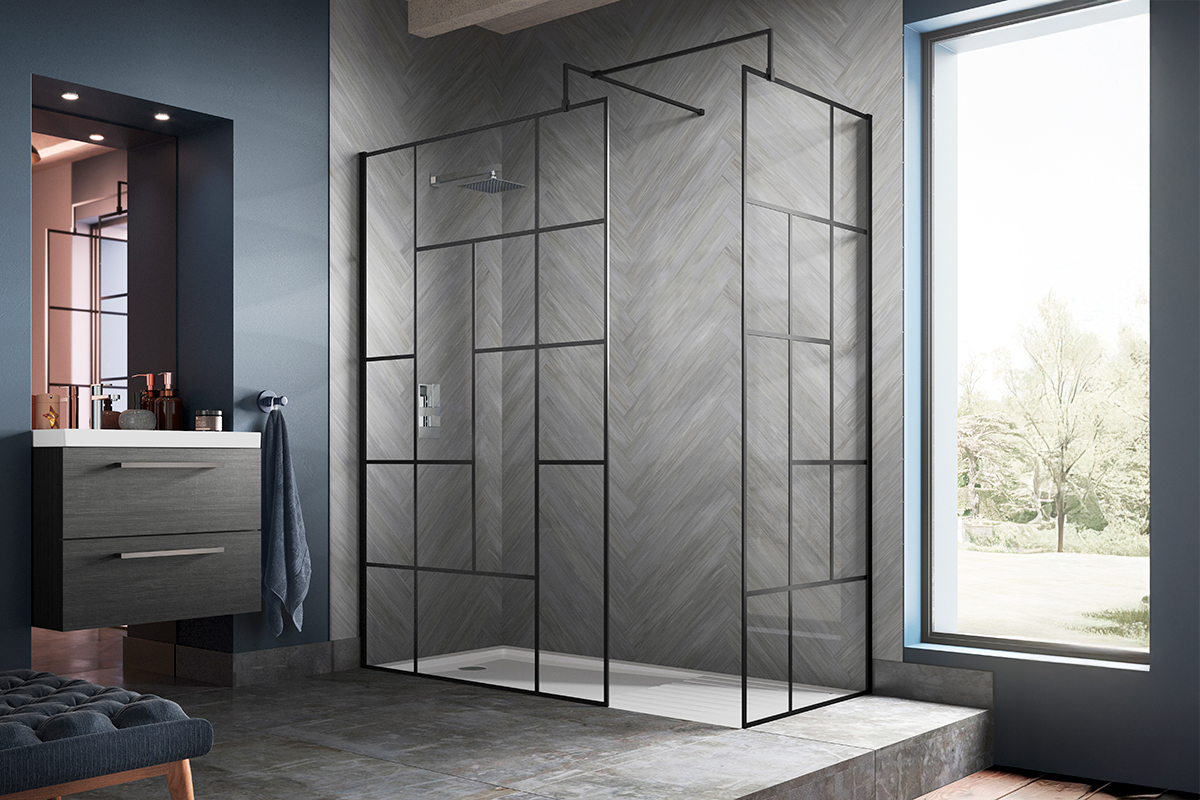A Guide to Slotted and Unslotted Wastes
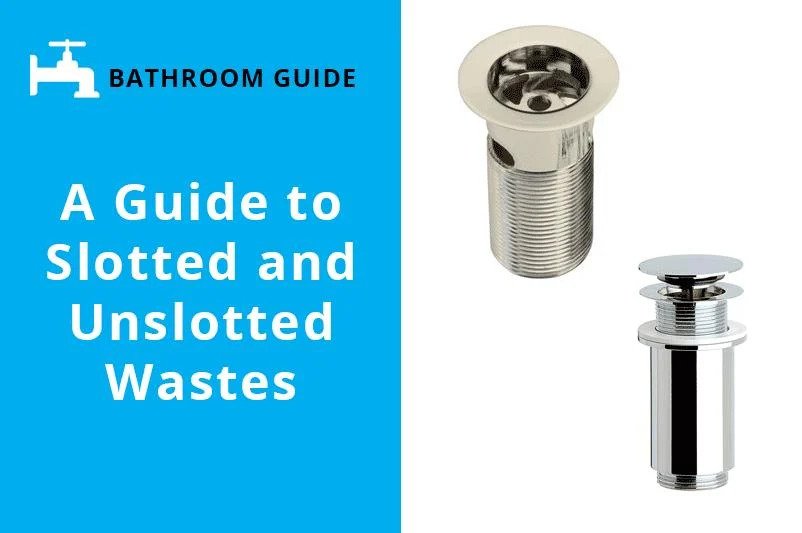
A Guide to Slotted and Unslotted Wastes
If you're buying a new basin or bath or looking to add a modern touch to an existing piece, you'll likely end up choosing a more contemporary waste instead of a traditional plug. Despite most wastes appearing very similar at a glance, there are some key differences that can be the difference between your waste functioning properly or not. Choosing a waste that doesn't fit your bath or basin can lead to leaks or your overflow failing to work, leading to floods and property damage. This is a guide to slotted and unslotted wastes, to help you quickly determine which type you need.
Slotted and Unslotted
Whichever basin design you choose, there will invariably be a waste hole for water to drain through. In some recent designs, the waste is integrated as part of the unit but the majority still require you to add your own, allowing for a great deal of customisation. A number of modern bathroom taps include a waste as part of the package, so you might be able to avoid having to purchase a separate waste. Wastes are placed into the drain hole in your bath or basin and allow water to be drained away. Traditionally, these would be blocked with a plug in order for the bath to be filled. Modern bath wastes are usually mechanical and block water with an integrated stopper. An unslotted waste will be completely watertight while closed, while a slotted waste allows water from the overflow to be drained, whether the waste is open or closed.
Waste Styles
Waste designs vary, from the simple but reliable plug on a chain to more modern types. Modern wastes include “click clack” wastes, which can be opened or closed by simply pressing down on them. These are also known as “push button” wastes and are extremely popular due to their ease of installation and use. A “pop-up” waste is similar in appearance to a “click clack”, but is operated by a lever attached to the basin or bath, meaning you won't have to dip your hand in the water in order to drain it. Many modern “pop-up” wastes are operated by a handle located in the unit's overflow, resulting in a clean and minimalist look that is also easily operated. A “flip top” waste features a disc shaped stopper that is attached to the rest of the unit by a hinge, letting you open and close it by applying slight pressure. Their minimalist design resembles a spinning coin and is perfect for modern bathrooms.
Which do You Need?
Whether you need a slotted or unslotted waste is determined by your basin or bathtub. If your bath has an overflow, you'll need a slotted waste, whereas units without overflows should be fitted with an unslotted waste. If you have an overflow hole but it requires a separate connection to use, you'll also want to choose an unslotted waste. The overflow, a hole somewhere near the top of the basin's interior, drains water away when it reaches a certain level. The slot in the waste then allows water to proceed from the overflow and down the drain pipe, even when the waste is closed. Most retailers, including HeatandPlumb.com, will clearly state whether a waste is slotted or unslotted, often in the product name. This will ensure you don't end up with the wrong waste for your bath or basin (assuming you know which type you're meant to be ordering).
Whether you require a slotted or unslotted waste, there are a huge variety of designs and styles available for every type of bath waste or basin waste. It may take time to find your ideal waste but doing so will mean you have a piece that looks and operates in the way you want, while also protecting your bathroom by functioning perfectly.


